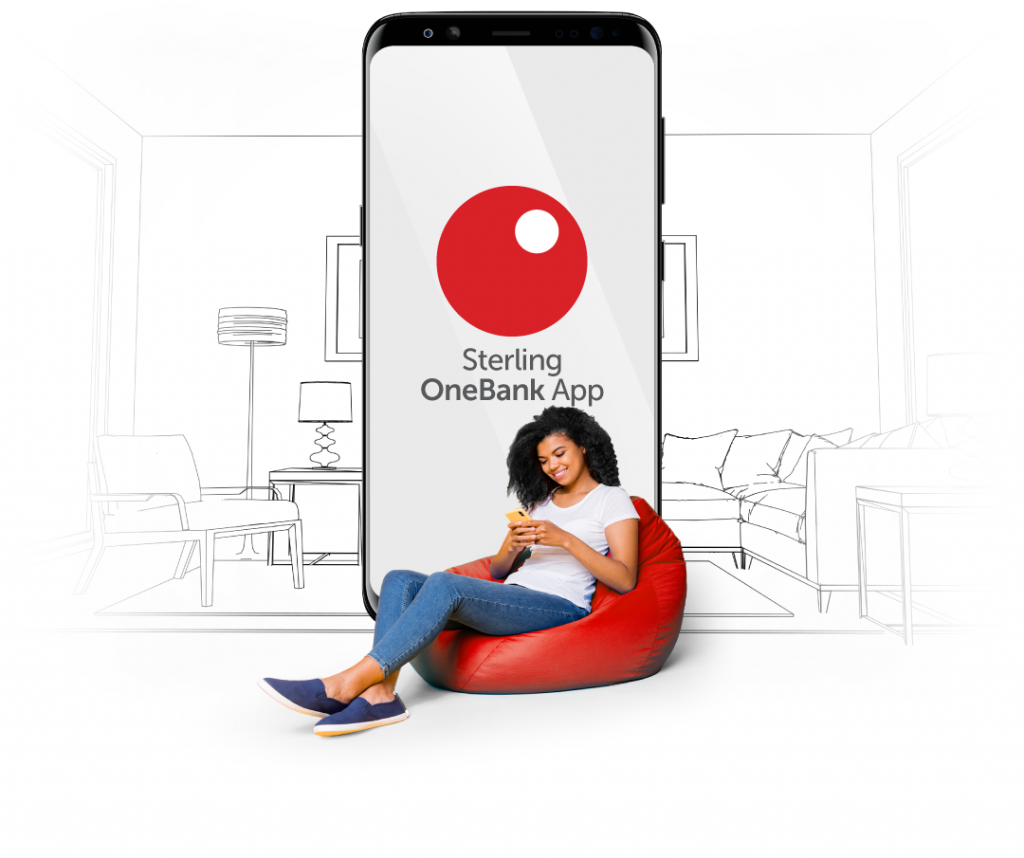It feels unusual to have experienced two different banking eras – the analogue and the digital. This is an attribute that makes the Gen X exclusive, and you had to be born between 1965 and 1980 to belong.
But you know what? Gen X is getting older with its youngest members almost crossing the often well celebrated age of 40. And this memo on how digital banking makes life easy is addressed to this exclusive group whose oldest members are 55 this year.
Why, you may ask? It is among them that you will find Gucci and Prada wearing jet-set peeps with amazing credit card limits who shy from Internet banking.
The forerunner of today’s digitally entitled Millennials, Gen X had tough luck as the rear guard of banking’s 200-year rigidity as a simple branched-operation. They held forth the fading but tough analogue experience which reigned supreme during their teen years and transition to adulthood decades ago. Many still put the tough banking experience of their youth on a pedestal. For them, it is that era or nothing.
- Sterling launches free diaspora payment service
- Sterling Bank pioneers work-study programme for secondary school leavers, offers a 65% scholarship
For them, depositing and withdrawing money from a personal account used to require commuting and/or travels that sometimes take hours or days, especially while serving their fatherland in remote parts. Wait for it! The experience of those in state capitals and major cities were not any better. Overcrowded bank branches with long queues and tiring waiting times for cheque confirmation were part of their reality.
Fast forward to the new digital era of banking driven by advancement in Information and Communication Technology (ICT) and they remain laggards and/or refuseniks despite the obvious benefits of digital banking. Not even the technology rush by the country’s 89 banks back then made them curious enough to become early adopters of self-service innovations.
The Automated Teller Machine (ATM) was an early trump card in the competitive advantage game by banks seeking to make banking more convenient for its long-suffering analogue customers. And it certainly paved way for Gen X and those after them to meet their cash withdrawal needs in a convenient way.
Cash withdrawal used to be the cause of stress for bank customers. Yet adoption of debit cards was slow with just two million cards user in 2006, about 17 years after the country got its first ATM. No thanks to the indifference of Gen X!
Next was the ascendancy of telephone banking in the progression of delivering convenient service to customers. Nonetheless, telephone banking was far more exclusive and limited by weak telecommunication infrastructure in the early days.
On the eve of the new millennium, Nigeria with an estimated population of 122 million people had only 400, 000 connected telephone lines and just 25,000 analogue mobile lines. The country’s total tele density also stood at a paltry 0.4 lines per 100 inhabitants. So, like most Nigerians, Gen X could not use telecommunication networks to interact with their banks to perform financial transactions.
Despite this limitation, banking evolved rapidly. It started transforming from very simple and basic retail operations of deposit, cash withdrawal and cheque processing to the delivery of sophisticated service and products through Local Area Network (LAN), Wide Area Network (WAN) and subsequently, the Internet.
The Internet changed everything. Though late to the party compared to its Western peers, the exploitation of the Internet through online banking eliminated a lot of stress associated with banking in the country. And the Millennials loved it – they are now aiding and abetting it.
Why will they not give their all to ICT enable self-service channels? It spared Millennials the hazards associated with cash carrying inter and intra city trips on night buses shuttling between Lagos, Abuja, Aba and Onitsha, among others. They travel light and smart with all the cash requiring boxes or Ghana-must-go bags securely kept on a bank card in a wallet.
For Millennials, it is fast and convenient service or nothing. They cannot imagine the hassles of traveling to conduct transactions, waiting long hours in banking halls for cheque processing and the need to visit a bank branch to confirm credit inflows as well as account statements.
What’s more? They conduct banking transactions on-the-go using USSD, web browsers, mobile apps, WhatsApp, and Facebook, among other channels. They joke about having a bank branch in their pocket – on their mobile phones. And, I will dare say, truly so!
Today, they are the beautiful bride being wooed by banks and non-banking financial institutions. And the bars of innovative self-service channels are being raised to delight them. The most recent innovation and disruptive solution in the self-service space is OneBank by Sterling Bank. A full digital bank in your pocket, it ticks all the boxes when it comes to the way Millennials and Gen Z, successors to Gen X, want to live.
Solutions in the class of OneBank are secrets which must be revealed to Gen X that are still disconnected. It is important to let them know there is a new way to live and adopting innovative self-service solutions is the way to go.
My preference for OneBank has to do with its artificial intelligence-driven security feature which protects users more than ever before. And beyond bringing banking services to the mobile phone, it makes it possible to get a loan in five minutes, call and fix deposits, invest in annuity plans and make foreign transfer, all without visiting a bank branch. These are the financial activities that define the lives of many financially included and ageing Gen X.
To survive in the age of endemic COVID-19 in which they can no longer engage in contact sport because they are at higher risk, disconnected Gen X must unlearn aversion for innovation and embrace what digital banking can do for them.
Adejokun writes from Lagos

 Join Daily Trust WhatsApp Community For Quick Access To News and Happenings Around You.
Join Daily Trust WhatsApp Community For Quick Access To News and Happenings Around You.


